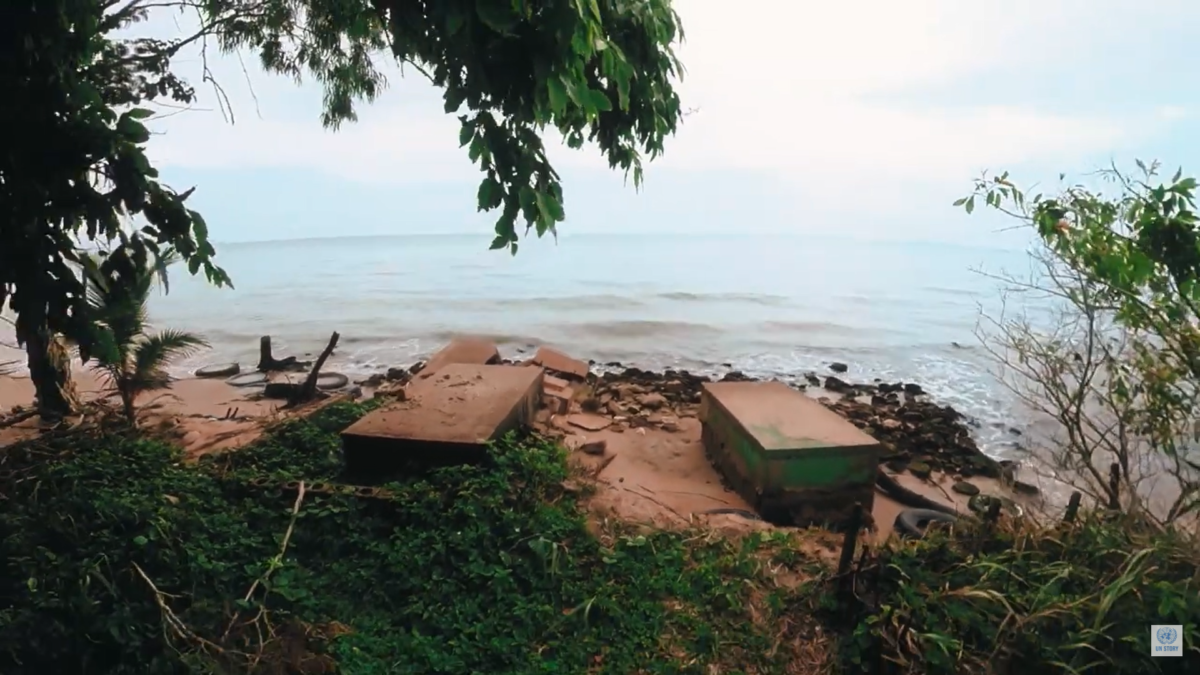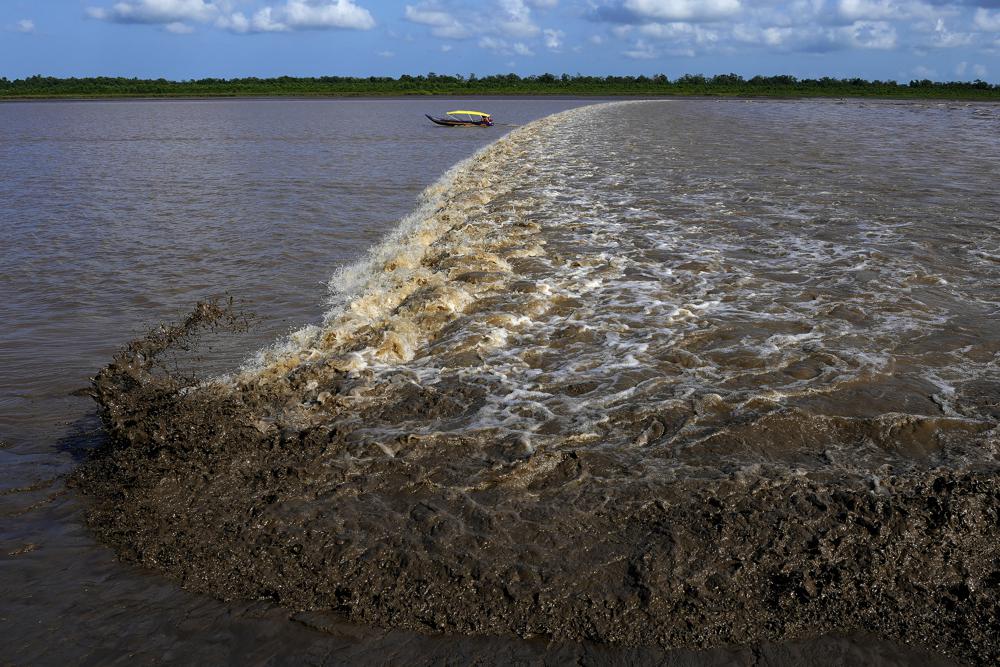Image of the Day: Sled dogs running through Greenland sea ice melt

By Eric Mack
18 June 2019
(CNET) – Over the past week temperatures in northern Greenland have been comparable to the weather in Seattle, causing the top layer of sea ice near the village of Qaanaaq to turn into the Arctic equivalent of a kiddie pool. Danish climate researcher Steffen Olsen took the above photo of a dogsled team wading through the meltwater, which quickly went viral online as a vivid illustration of global warming in action.
“Given how warm it was, it’s easy to see why there was a lot melting,” Ruth Mottram from the Danish Meteorological Institute explained via email. “As the ice in this region is relatively thick and fracture-free, the melt water is unable to drain away through cracks in the ice as it would normally and hence the challenging conditions for the dogsleds.”
Olsen took the photo while working on a project in collaboration with local subsistence hunters in Qaanaaq to monitor sea ice and ocean conditions. The dog team was being used to retrieve instruments from the sea ice before it completely breaks up.
“This year the expedition to retrieve the instruments ran into a lot of standing water on the sea ice,” Mottram said. “Normally we would expect these kind of warm melt events to occur later in the summer in late June or July so it is pretty unusual that it happened this early, though it’s not unprecedented.” [more]
This photo from Greenland says everything about climate change


